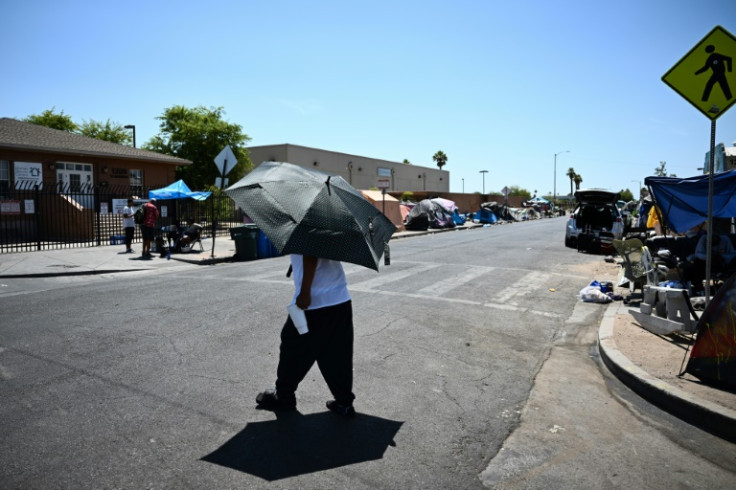
Scorching hot temperatures keep on affecting millions of people all across the United States, but Maricopa County, in the state of Arizona, has seen the excessive heat turn into a very real threat. According to official statistics, over 300 deaths are suspected to be linked to this summer's record-breaking heat wave in the area.
A heat report dashboard showed 322 deaths suspected to have been a result of heat-related illness in the year and up to July 13. Almost 100 of those are attributed to a single week, from July 7-13, when temperatures reached 118 degrees Fahrenheit.
Another Excessive Heat Watch has been issued for south-central and southwest Arizona for July 19 and July 20. Areas under the warning can expect to see temperatures between 112-118 degrees.
Maricopa County has confirmed 23 deaths to heat related illness, 17 of which were directly caused by heat and six "heat-contributed." During that week, Phoenix saw a new record of temperature. It happened on July 8 with a recorded 118-degree temperature, breaking the previous record of 115 °F set in 1985, the weather service said on X.
"We know that June was hotter than June last year," Maricopa County Public Health's Assistant Medical Director Nick Staab told KPNX of Phoenix. "We know that the risk for heat related death increases with those higher temperatures," he said.
Phoenix routinely experiences some of the highest temperatures in the U.S., but its urban structure makes it feel even hotter. Almost half of the city's population lives in what's denominated as an "urban heat island," which can raise temperatures by several degrees.
Research group Climate Central has published a national index, calculating how much hotter it feels in 65 major cities across the country. It found that, overall, 34 million people in those cities live in blocks where the Urban Heat Island index (UHI) is 8°F hotter.
This means that the clustering of buildings, concrete and asphalt absorb more heat than the city would if it had mitigating factors like trees and shade.
Phoenix had a UHI per capita of 7.4°F. The organization showed that some of the neighborhoods with the highest UHI are located in downtown Phoenix and near the Sky Harbor Airport.
In 2023, the city of Phoenix experienced a month of consecutive days over 110°F which caused at least 579 heat-related deaths, with senior citizens accounting for one in three deaths according to the year's final heat surveillance report by the Maricopa County. The report showed that at least 45% of people who died last year were unsheltered. Over the last five years, over 1,900 people have died from heat-related illness and thousands more have needed medical help.
© 2025 Latin Times. All rights reserved. Do not reproduce without permission.







